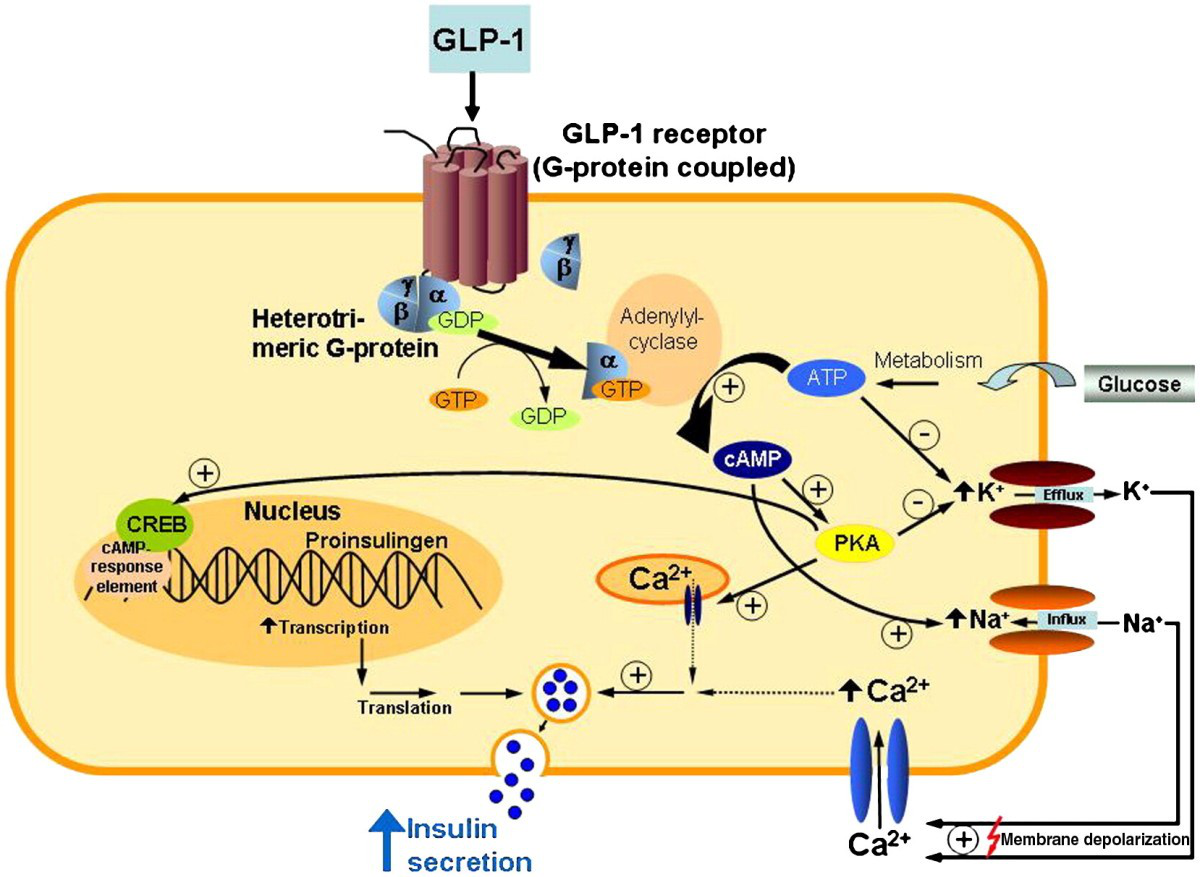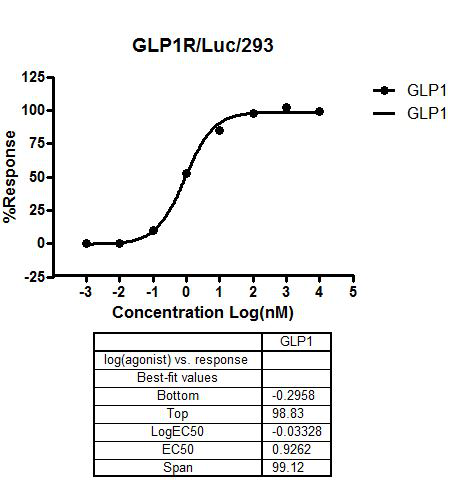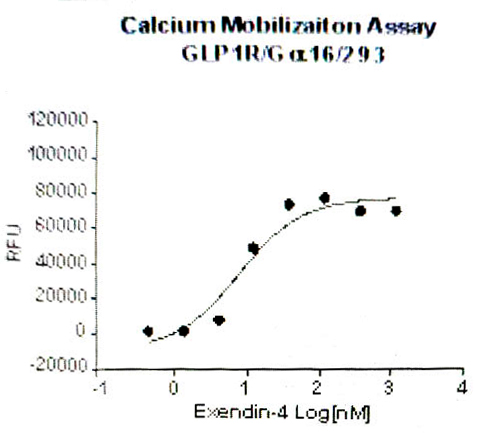GLP-1 receptor agonist cell screening model
There are hundreds of millions of patients with type 2 diabetes worldwide, accounting for about 90% of diabetes cases. It is a progressive disease. The patient's condition gradually deteriorates over time. It is difficult to control blood sugar well for a long time with conventional drug treatment. This is similar to human pancreatic islets. Progressive decline in β cell function is related. At present, the anti-type 2 diabetes drugs that have been used clinically are mainly divided into sugar regulators (such as α-glycosidase inhibitors), drugs that promote insulin secretion (such as sulfonylureas and glinides), and insulin-increasing drugs. Sensitizers (such as biguanides, PPARγ agonists), incretin enhancers (such as GLP-1 analogs and DPP-4 inhibitors) and amylin analogs.
Among them, the new type of hypoglycemic drug GLP-1 receptor agonist, due to its significant hypoglycemic effect, combined with the effects of weight loss, blood pressure reduction, and improvement of blood lipid profile, has received the most attention. Glucagon-like peptide-1 (GLP-1) is an incretin peptide hormone secreted by endocrine cells in the ileum. It is secreted by L cells in the ileum and colon after food stimulation, which can stimulate insulin secretion. The resulting insulin secretion capacity accounts for about 50 to 70% of the total insulin secretion, and the effect of stimulating insulin secretion has the characteristic of glucose concentration-dependent. The half-life of natural GLP-1 is very short, only 1-2 minutes. After being secreted into the blood circulation, it will be quickly broken down by dipeptidyl peptidase 4 (DPP-4) and lose its insulin secretory activity.
GLP-1 receptor (GLP-1 Receptor, GLP-1R) is a G protein-coupled receptor, a specific receptor for GLP-1, expressed in the pancreas, central nervous system, cardiovascular, gastrointestinal, lung, Kidney, thyroid, skin, lymphocytes, mesenchymal stem cells, etc. In pancreatic tissue, human pancreatic β-cells normally express GLP-1R, and the combination of GLP-1 can promote the synthesis and secretion of insulin, and also stimulate β-cell proliferation and inhibit its apoptosis. GLP-1 receptor agonists are synthetic peptide preparations that have partial or complete homology with the amino acid sequence of natural GLP-1 in the body, are not easy to be degraded, have a longer half-life, and have stronger biological activity. Biological activity, so it can play the role of GLP-1. It can reduce blood sugar without increasing the risk of hypoglycemia. It has good safety, inhibits β cell apoptosis, weight loss, and reduces visceral fat. Long-term application can protect β cell function and prevent Clinical advantages such as the occurrence of cardiovascular events. The most significant advantage of this class of drugs is that they are effective in controlling blood sugar and can help lose weight. Obese patients benefit more from the application.

Current status of GLP-1 receptor agonist drug development

There are 9 kinds of GLP-1 receptor agonist drugs currently on the market, which are divided into two categories. The first category is based on the Exendin-4 polypeptide in the saliva of the American lizard. It has low homology with human GLP-1, is not easily degraded by DPP4, has a longer half-life and strong biological activity, but has many adverse reactions. The second category is liraglutide, benaglutide, dulaglutide, etc., which are processed by local modification of the molecular structure of human GLP-1, which have higher homology with human GLP-1, so immune The originality is low, and there are fewer adverse reactions.
At present, GLP-1 receptor agonists approved for marketing in China are: Exenatide, Liraglutide, Risnatide, Dulaglutide, Benaglutide, Polyethylene Glycol Loxenatide, Marutide is also in the stage of applying for listing in China. In addition, there are more than 30 domestic GLP-1 receptor agonist companies under research, and the competition is fierce.
GLP-1 receptor agonist cell screening model
In response to the development, production and research needs of GLP-1 receptor agonist drugs, Reqbio has developed GLP1R/CRE/Luc HEK293 and GLP1R/Ga16/HEK293 cell lines. Welcome to inquire.

GLP1R/CRE/Luc HEK293 RQP71117

GLP1R/Ga16/HEK293 RQP71320


